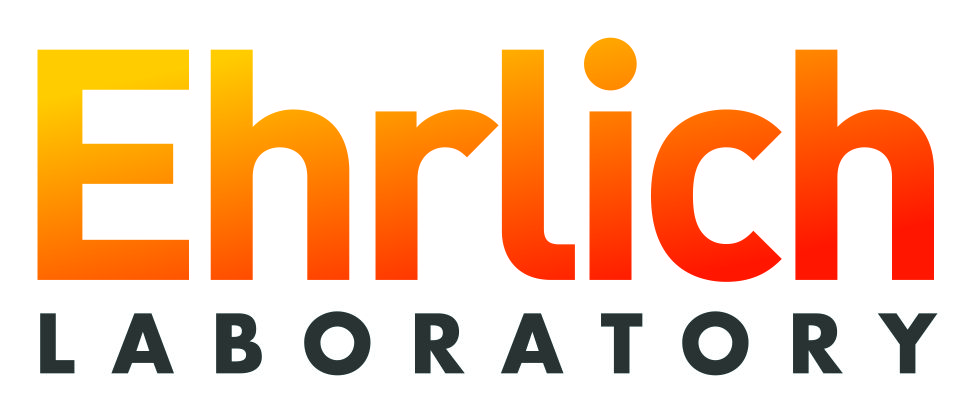
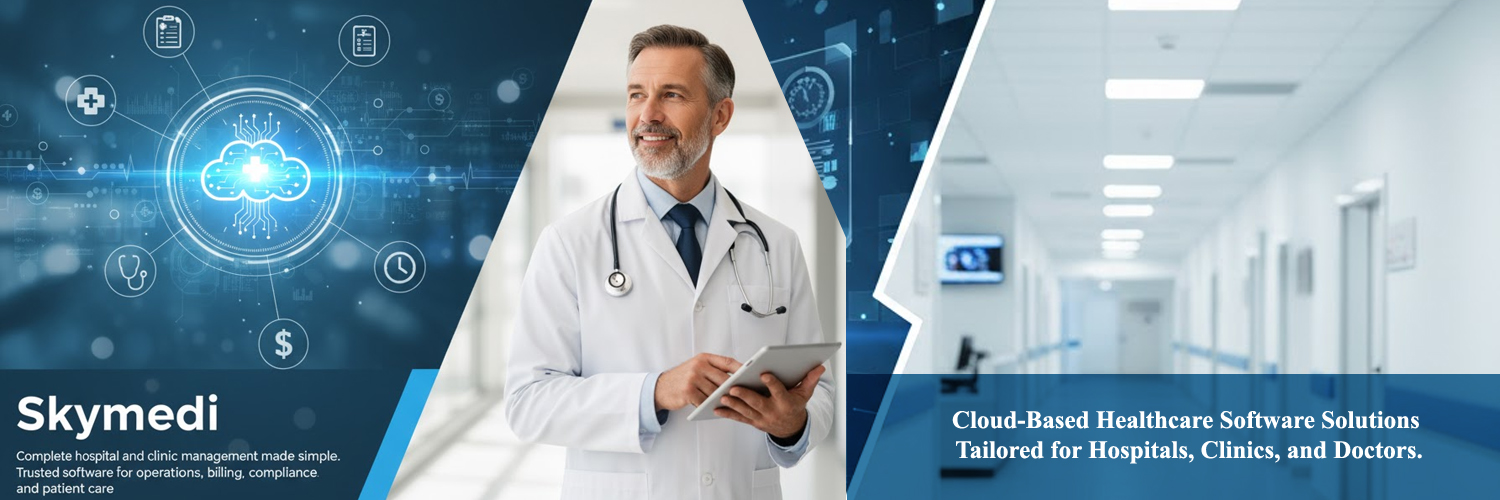
Skymedi
About Skymedi
SkyMedi is a hospital management software designed to streamline healthcare operations while excluding pharmaceutical management. It supports patient registration, appointments, electronic medical records, diagnostic reports, and billing, all through a secure, easy-to-use platform. It also helps paramedical staff, such as lab technicians, radiographers, and physiotherapists, manage their workflows efficiently, ensuring smooth coordination across hospital departments.
The software enhances communication between doctors, nurses, and paramedical teams while providing real-time data insights for better decision-making. Hospitals can track patient histories, bed occupancy, lab results, and staff schedules efficiently. With SkyMedi, all hospital operations run smoothly, allowing medical and paramedical staff to focus on delivering quality patient care.
Why Skymedi ?
- Managing hospital operations with separate tools for patient records, appointments, and billing is highly inefficient.
- reporting errors, or miscommunication between departments can affect hospital performance and reputation.
- A unified platform like SkyMedi provides complete control and streamlines hospital workflows.
- Real-time data and single-window access for doctors, nurses ensure maximum efficiency and improved patient care.
- Management receives instant notifications on pending or overdue tasks, appointments, and reports for better oversight.
Business and Functional Advantages.
Key Businees Benefits
- Get Accurate Information to Take Critical Business Decisions.
- Streamlined Appointment Scheduling and Patient Flow Management.
- Enhanced Data Security and Patient Confidentiality.
- Simplified Billing, Insurance, and Payment Processing.
- Real-time Access to Patient Records Anytime, Anywhere.
- Improved Communication Between Doctors, Staff, and Patients.
- Comprehensive Reporting and Analytics for Better Decision Making.
- Scalable and Customizable to Fit Clinics of Any Size.
- Compliance with Healthcare Regulations and Standards.
- Reduced Human Error Through Automated Workflows.
- Better Resource Utilization and Staff Productivity.
- Integration with Laboratory, Pharmacy, and Radiology Systems.
- Cloud Backup and Disaster Recovery for Business Continuity.
- Enhanced Patient Engagement with SMS/Email Notifications and Reminders.
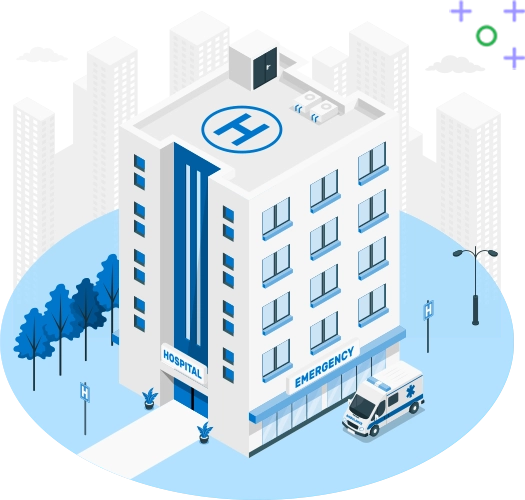
Key functional Benefits
- Easy and flexible to operate web application.
- There's no more searching the paper file page by page.
- Generate Prescriptions in less than 60 seconds.
- Test results can be prepared on time.
- Easy to use for healthcare employees.
- Easy to use patient visit details.
- Staff will spend less time filing and tracking down and managing files.
- Detailed demographical and clinical data analysis.
- Flexible and comprehensive Reports classification to get accurate information.
- Legible, accurate and complete documented records result in further reduced risk and
- malpractice exposure to clinicians, hospitals and the company.
- Multi-user and LAN compatible.
- Compatible with any Windows 9x or higher version.
Mobile APPS
Patient Mobile App
Key Features:
-
Appointment Booking & Scheduling
Search doctors, view availability, and book or reschedule appointments.
-
e-Prescriptions
View prescriptions issued by doctors.
-
Access to EMR (Electronic Medical Record)
View consultation notes, medical history, lab/radiology reports, and discharge summaries.
-
Lab & Radiology Reports
Get notified when test results are ready and view reports in the app.
-
Health@Home Requests
Book services like home sample collection, physiotherapy, or nursing care.
-
Push Notifications & Reminders
Alerts for appointments, reports, payments, and health tips.
-
Emergency & Support
One-touch emergency call or chat with hospital support.
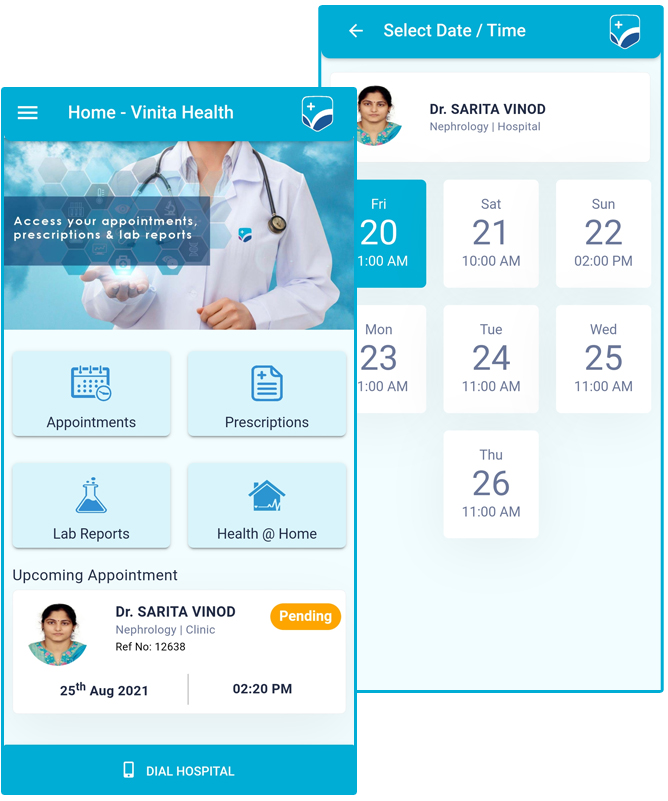
Doctor Mobile App
Key Features:
-
View & Manage Appointments
Daily schedule with patient details and appointment history.
-
Access to EMR & Case History
Complete patient information including past visits, medications, diagnostics.
-
e-Prescription Writing
Quickly create and send prescriptions, which sync with pharmacy and patient apps.
-
Lab & Radiology Result Review
View pending and completed test results with option to comment or request follow-ups.
-
Image Viewer
Access diagnostic images (X-rays, MRIs) with zoom and annotation tools.
-
Clinical Notes & Diagnosis
Alerts for appointments, reports, payments, and health tips.Enter SOAP notes, clinical observations, diagnosis, and treatment plans.
-
Broadcasts & Announcements
Receive internal communications, emergency alerts, or administrative notices.
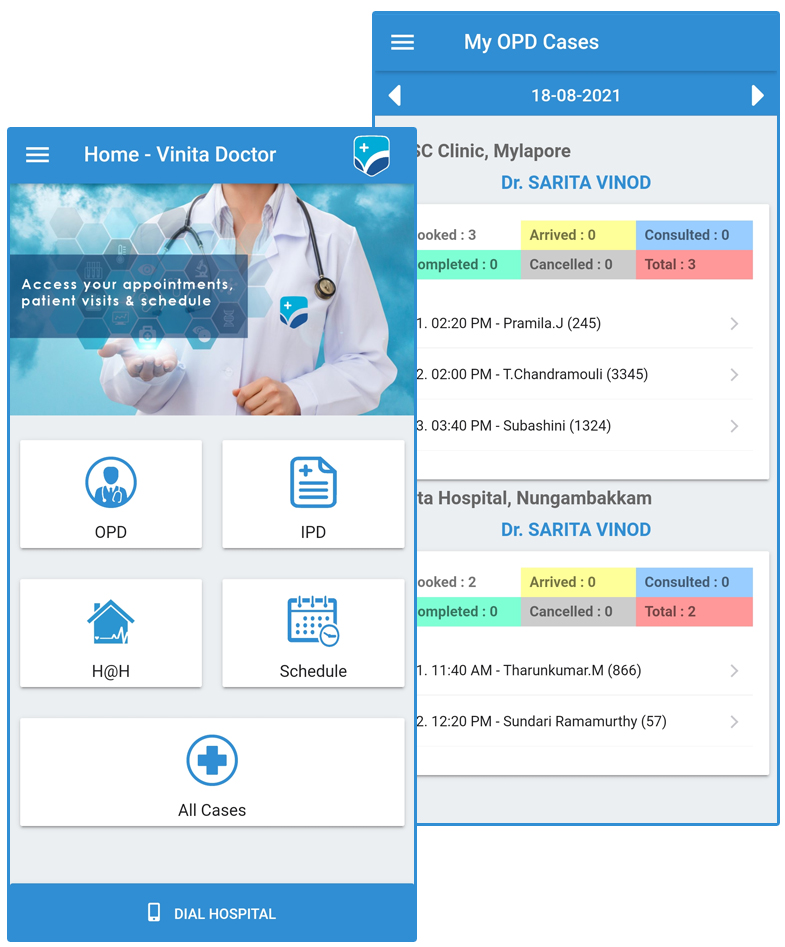
Health Provider Mobile App
Key Features:
-
Daily H@H Booking Schedule
View assigned bookings by date, time, and location. Includes patient name, contact, age, gender, case type (e.g., sample collection, wound dressing, physiotherapy).
-
Arrival & Departure Logs
"Mark Arrival" button upon reaching patient’s home (timestamped). Automatically logs visit duration for records and billing.
-
Vitals / SOAP Notes Entry Interface
Quick input for vital signs: Temperature, Blood Pressure (BP), Pulse/Heart Rate, Respiratory Rate, SpO₂, Blood Glucose (optional). Option to upload device-generated data via Bluetooth (if supported).
-
Upload Attachments / Images
Attach photos of wounds, equipment setup, prescriptions, or documents. Securely stored and linked to the patient’s visit record.
-
Feedback or Notes to Hospital Team
Provider can leave a note for doctors or supervisors. Request additional support or follow-up services.
-
Clinical Notes & Diagnosis
Alerts for appointments, reports, payments, and health tips.Enter SOAP notes, clinical observations, diagnosis, and treatment plans.
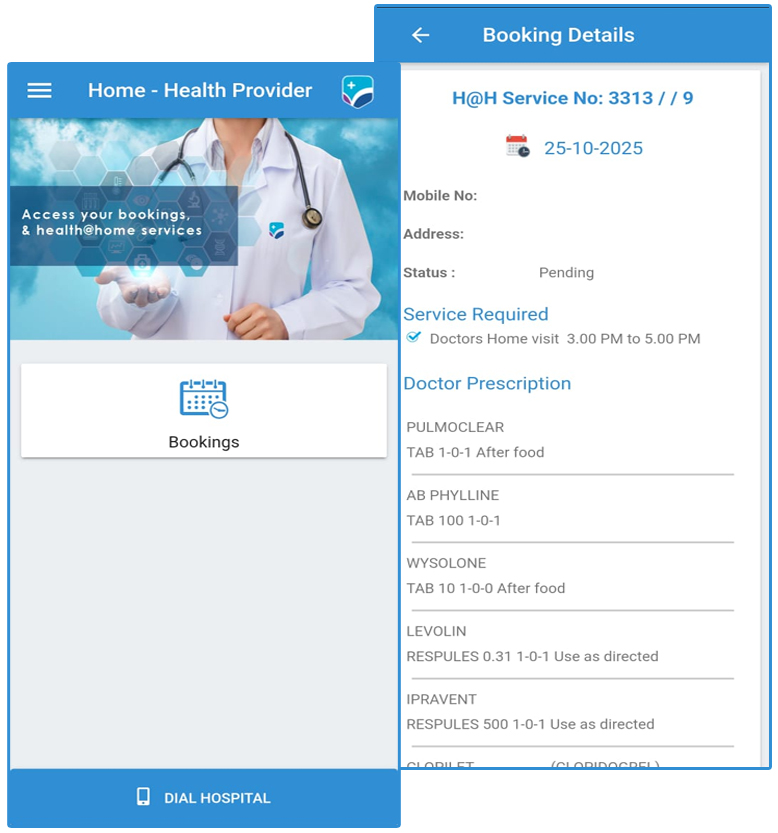
Our Modules

Front Desk
The Front Desk module is the central hub for managing patient registration, appointments, inquiries, and visitor management. It handles both walk-in and scheduled patient flow, collects basic patient details, generates Hospital Reference nos, and assists in directing patients to the appropriate department or doctor. It’s the first point of contact and plays a vital role in the overall patient experience.
- Patient Manager
- Information’s
- OPD patient List
- IPD patient list
- Operations list
- Lab test report status
- Lab test list & price
- Bill particular (services) price list
- Doctors list
- Employees list
- Operations price list
Out Patient
This module manages all outpatient services, including doctor consultations, diagnoses, prescriptions, and follow-up scheduling. It helps track patient history, doctor availability, consultation timings, and ensures smooth coordination between departments for lab tests or pharmacy needs. OPD is often the busiest part of a hospital, and this module ensures streamlined operations.
- Doctor availability & leave list
- Service availability list
- Service channeling
- OPD cases
- Vital signs
- Treatment summary
- Prescription
- Investigation reports & request
- Scanned documents

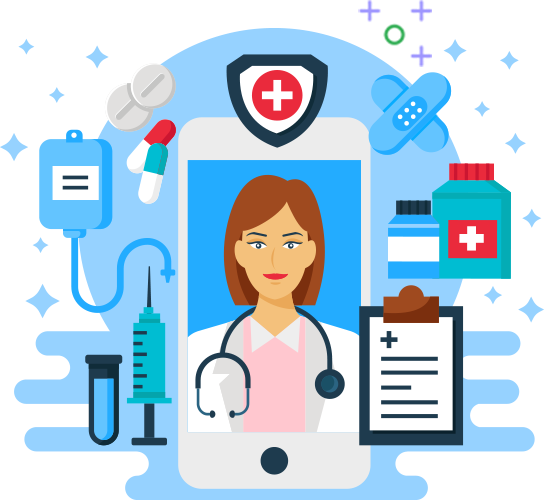
IPD / Daycare
The Inpatient and Daycare module manages patient admissions, bed allocation, nursing notes, doctor rounds, treatment plans, and discharge summaries. It includes tracking of vitals, diet plans, medication, and real-time room occupancy status. Daycare services, such as minor procedures not requiring overnight stay, are also efficiently managed here.
- Admission Manager
- IPD cases
- Consultant visit and charges entry
- IPD charges entry
- Operations list
- Lab test report status
- Lab test list & price
- Bill particular (services) price list
- Doctors list
- Employees list
- Operations price list
Billing
This module automates the entire billing process—whether for OPD, IPD, pharmacy, lab, or radiology. It consolidates all charges (consultations, investigations, procedures, and consumables) into a single bill, supports multi-mode payments, generates insurance and corporate bills, and ensures transparent and accurate financial processing.
- OPD Bills Manager
- IPD Bills Manager
- Interim Bill
- Final Bill
- Advance Receipt Manager
- Receipt Manager
- Refund voucher
- Doctor voucher
- Cashier
- Ledger Transaction

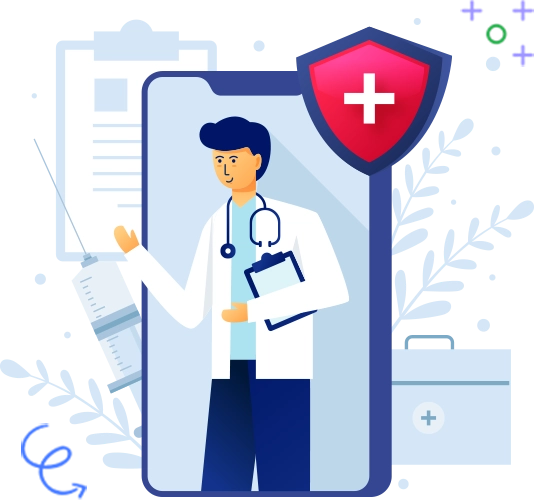
Doctor
EMR is a digital repository of a patient’s complete medical history, including diagnoses, prescriptions, allergies, test results, and clinical notes. It allows doctors to access and update patient records from any department, improving diagnosis accuracy, treatment planning, and continuity of care.
- Appointments
- Patient Profile
- Treatment Summary
- Complaints / Examination
- Investigation
- Lab Report
- Prescription, Treatment / Surgery Plan
- Images Upload
Inventory
Inventory manages the flow of medical and non-medical supplies across departments. It tracks stock levels, purchase orders, reordering thresholds, batch expiry, and consumption trends. It ensures optimal stock levels for medicines, surgical items, and general supplies, reducing wastage and stockouts.
- Purchase order
- Goods received note
- Purchase return
- Stock manager
- Stock manager
- Stock adjustments
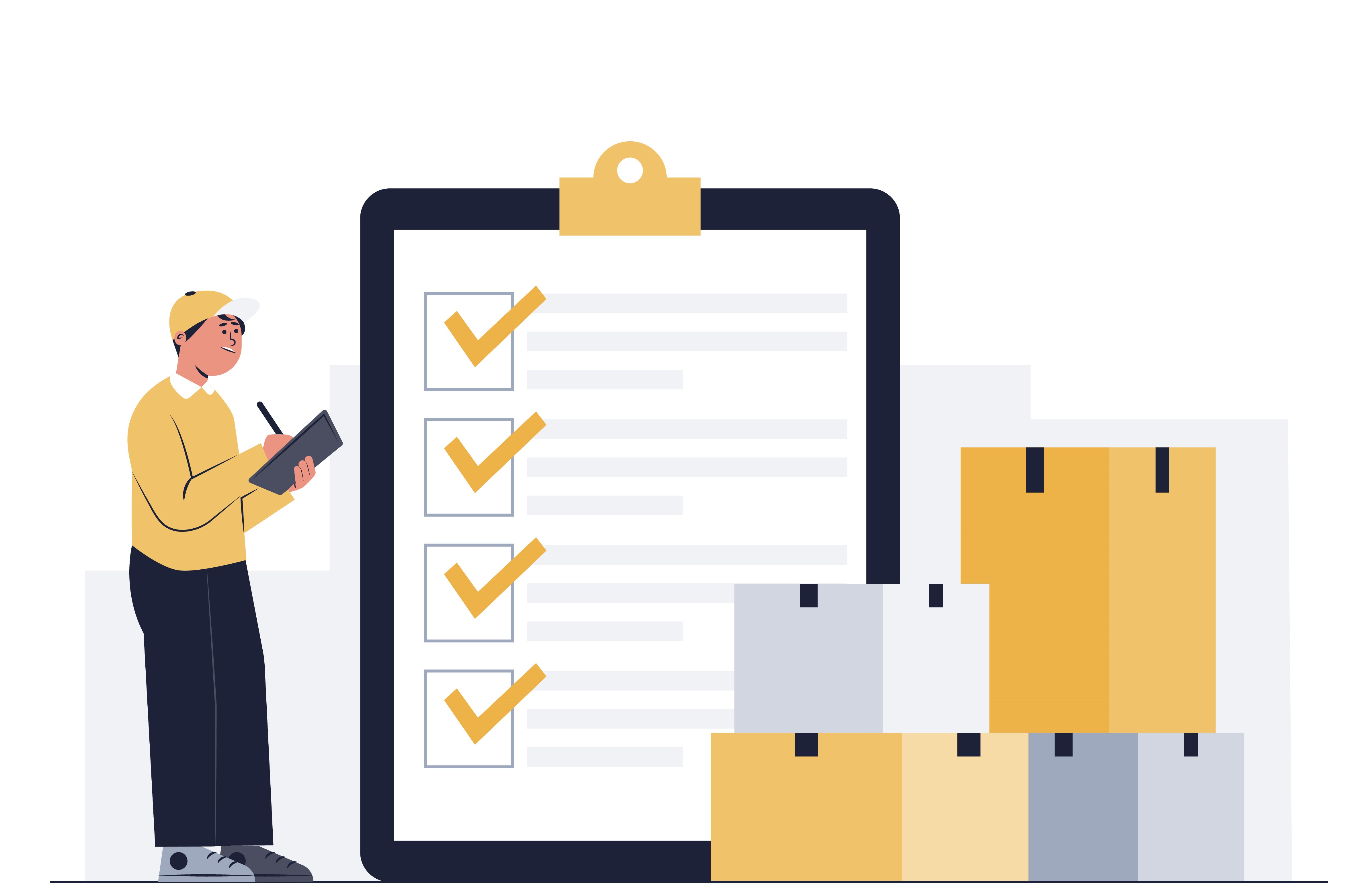

Pharmacy
Manages the hospital’s pharmacy operations, including drug inventory, prescriptions, sales, and billing. It integrates with EMR and OPD/IPD to ensure the correct medications are dispensed, tracks drug expiry and batches, and prevents overprescribing or duplication.
- Pharmacy store selection
- Sales bill entry
- Sales details by BHT no
- Price manager
- Sales return
- Stock usage entry
- Indent request
- Stock transfer
OT
The OT module schedules surgeries, tracks pre-op and post-op procedures, maintains sterilization logs, surgical team assignment, and material usage. It ensures that surgical operations are conducted efficiently, safely, and in compliance with medical standards.
- OT registration
- OT list
- Operation notes


Laboratory
This module handles pathology and diagnostic lab operations, including test requisitions, sample tracking, test processing, and result delivery. Integrated with OPD/IPD, it ensures timely and accurate reporting, barcode-based sample labeling, and automated result dispatch to both clinicians and patients.
- Lab department selection
- Add investigation
- Test Reports Manager
- Pending Tests
- Test Manger
Insurance
Handles claims processing, policy verification, and pre-authorization for insured patients. It manages communication with TPAs (Third Party Administrators), supports cashless and reimbursement processes, and maintains insurance documentation and compliance for both patients and providers.
- Claim request entry
- Claim follow-up
- Claim settlement
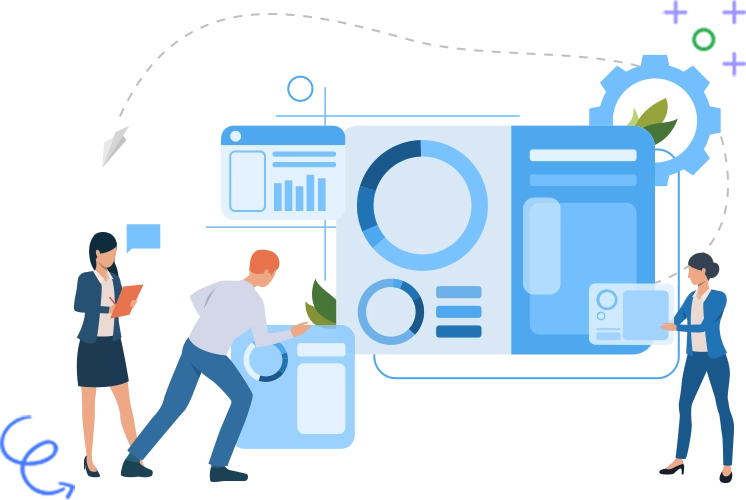
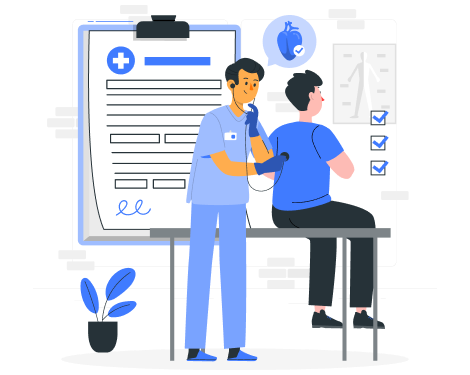
Admin
The Admin module manages system configurations, user roles, permissions, staff rosters, and hospital settings. It controls access to sensitive data, ensures proper workflow, and helps in regulatory compliance across departments.
- Disease Manager
- Medicine Manager
- Test Manager
- Test Package Manager
- Fees Manager
- Doctor Manager
- Ledger Manager
- Bills Particular Manager
- Insurance Company Manager
- Institution Manager
- Department Manager
- Supplier Manager
- Employee Manager
- Bank Manager
- Main Category Manager
Marketing CRM
This module focuses on patient acquisition and retention through targeted marketing campaigns, lead management, follow-ups, and communication tracking. It helps hospitals promote services, engage patients, and analyze marketing ROI by integrating with appointment and feedback systems.
- Area Master
- Referring Doctor Master
- Paramedical Master
- Pharmacy Master
- Well-Wisher Master
- Advertisement Master
- Camp Master
- Insurance Service persons Master
- Executive Master
- Executive Visits Entry
- Executive Daily/Weekly/Monthly Visits Report

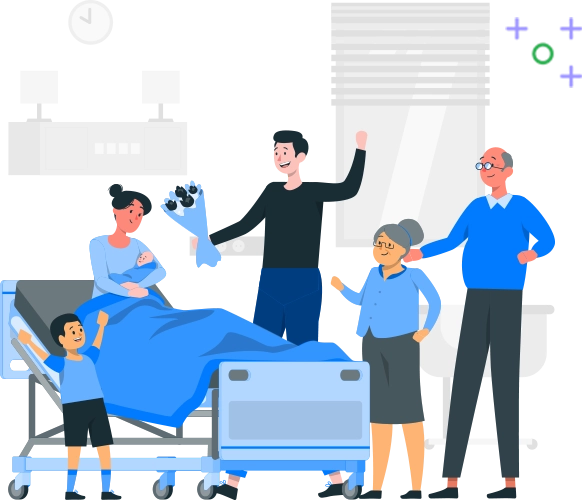
Reports / Settings / SMS / User Account
Generates operational, clinical, and financial reports for data-driven decision-making. It includes dashboards, real-time analytics, audit logs, patient statistics, and regulatory reports, enabling hospital administrators to monitor performance and improve service delivery.
- 100+ Reports
- Hospital Profile
- DB Backup
- SMS Log
- User Manager
- Access Rule Manager
- Patient registration confirmation
- Appointment confirmation
CMS / Dialysis / Asset & Maintenance
This module manages digital content for hospital websites, kiosks, and internal communications. It enables updates to services, doctor profiles, blogs, announcements, and health education material without requiring technical expertise.
Specifically designed for managing dialysis units, this module tracks patient schedules, treatment history, session details, consumables used, and patient vitals. It helps ensure compliance with dialysis protocols and improves patient care for those with kidney-related conditions.
Manages all hospital equipment and infrastructure, including maintenance schedules, breakdown logs, calibration records, and service contracts. This module helps reduce equipment downtime, improve asset lifespan, and ensure safety compliance.












